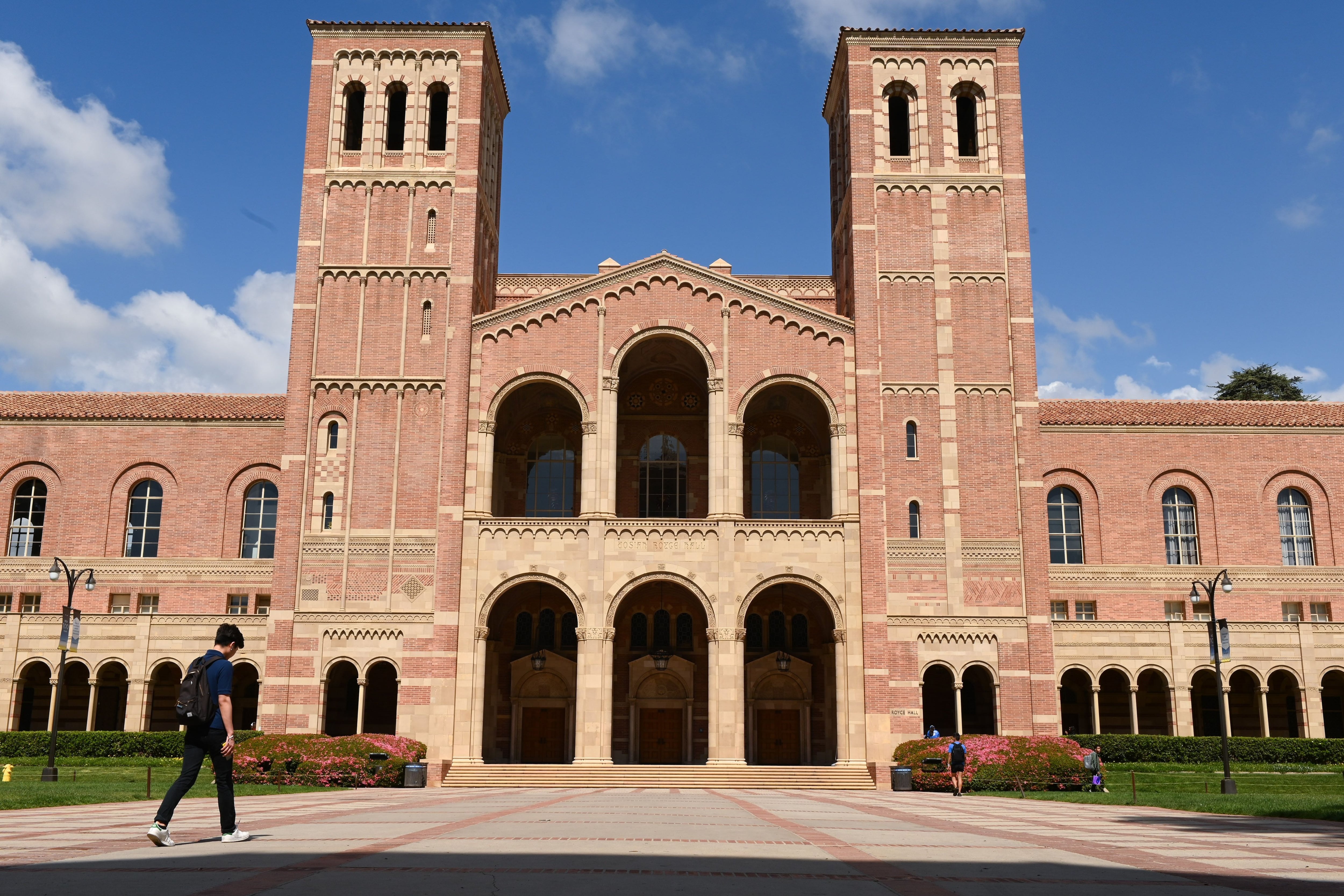The coronavirus means many colleges have temporarily dropped admissions testing requirements, given the uncertainty about when students will be able to take the SAT or ACT.
It’s an opening for testing critics hoping for permanent change. And some colleges are signaling a bigger shift is possible: Just last week, the president of the massive University of California system proposed scrapping mandatory admissions tests for at least four years.
Is that a good idea?
That’s a big question. But one recent study suggests the change might help more students with high grade point averages and low SAT scores — who are especially likely to be from low-income families — earn college degrees.
The findings add some clarity to a fraught debate about whether admissions tests help or hurt efforts to get students from underrepresented groups to and through college. That debate often hinges on which metric best predicts who will do well in college, rather than how those metrics open up or close off access to students who might benefit most.
“We have to get away from this idea that the goal of college is to admit students who are going to do great. The goal of college has to be to help students who wouldn’t do great without your help,” said Jesse Rothstein, a University of California, Berkeley economist who has studied the SAT. “That’s a very different thing, and it leads you to very different ideas.”
The study, conducted by UC Berkeley graduate student Zachary Bleemer, focuses on a California policy that guaranteed admission to a University of California school for students who graduated in the top 4 percent of their high school class. (The policy is now all but defunct.)
Bleemer zoomed in on students who, as a result of the policy, gained access to a middle-tier, selective UC school between 2001 and 2011. More than 40 percent of them were black or Hispanic, and most came from low- or middle-income families and had attended a low-achieving high school. They also had much lower SAT scores than their college peers.
This created a natural experiment: What happens to high-GPA students who get into selective colleges despite their low test scores? That’s a question with national relevance, since students who get good or decent grades but score poorly on the SAT or ACT are especially likely to be low-income students of color.
At first glance, Bleemer’s results seem discouraging. The students had a graduation rate of 77%, lower than the 83% average at their colleges. Lower test scores, in other words, accurately predicted lower rates of college success.
But this difference is fairly small, and Bleemer asks another important question: What would have happened to the students if they hadn’t gotten into one of those UC schools?
He answers this by comparing them to students who just missed the cutoff, and who generally went on to less-selective colleges with lower graduation rates. The program, it turned out, made a massive difference in participating students’ trajectories. Their 77% graduation rate would likely have been 55%.
“The return is very high,” said Bleemer. “Students who enroll at these competitive research universities, despite the fact that they have far lower SAT scores than their eventual peers — nevertheless, they become 25 percentage points more likely to earn a college degree within five years. And when you check in in their mid-20s, they’re earning $15,000 a year more than we expect.”
There was one apparent downside: students in the program — including those who went to college intending to major in science, math, or engineering — were less likely to earn a degree in a STEM subject.
With the exception of the STEM results, the study firmly counters the so-called “mismatch” hypothesis, or the idea that efforts to increase diversity on college campuses can backfire for students.
In fact, prior research, as well as a recent study on Texas’ “top 10%” approach, has found the opposite. Students, including those from underrepresented groups, are more likely to graduate at more selective universities, which also tend to have more resources and offer more support.
The findings suggest that colleges replacing test scores with an even greater emphasis on high school GPA or class rank could draw in more low-income, black, and Hispanic students, as well as students from low-achieving high schools. Those students may also stand to benefit the most from access to selective colleges.
That said, if colleges drop test scores but replace them with other measures that are just as correlated with family background, little will change. Moving away from test scores could also disadvantage many Asian-American students, who some contend already face discrimination in college admissions. And changes to admissions criteria will only go so far in addressing large disparities in college access and completion.
Notably, Bleemer’s study doesn’t challenge the central claim of testing organizations — that the scores predict who will do well in college.
“Despite the immediate effects of COVID-19 on admissions, it is clear that ACT scores add meaningful insight and significant value,” said Ed Colby, a spokesperson for the ACT. “We encourage colleges to consider multiple factors, including test scores, in a holistic admissions process to ensure that students can showcase their strengths.”
Other studies, though, have shown that other measures, including GPA and where a student attended high school, can offer a lot of the same predictive information.
Regardless, Bleemer’s point is that those predictions shouldn’t be the focus of college admissions at all.
“There are a lot of ways to increase a university’s graduation rate. One way to do that is to only admit high-testing, high-income students,” said Bleemer. “Whether that’s the appropriate policy outcome to have in mind seems highly questionable.”






